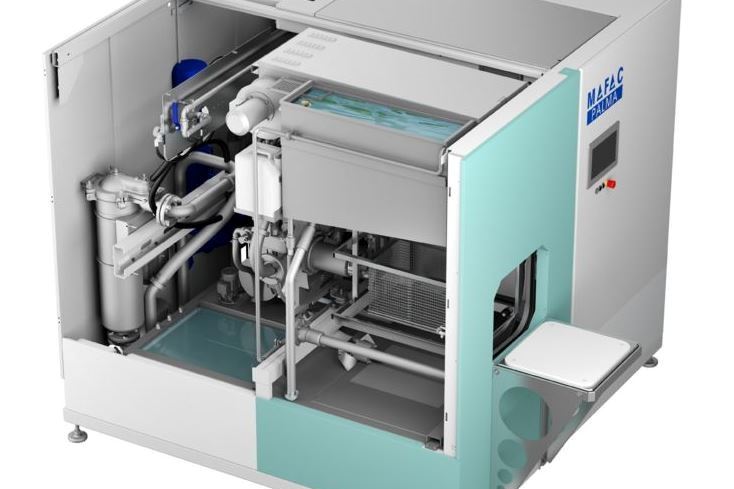E-Coat Film Thickness Capabilities
What are the film thickness capabilities for an electrocoat? What are the maximum and minimum film thicknesses a system can obtain? What bath parameters can change the quantity of film deposited?
Q. What are the film thickness capabilities for an electrocoat? What are the maximum and minimum film thicknesses a system can obtain? What bath parameters can change the quantity of film deposited? J.M.
A. Typical electrocoat systems operate in film thickness ranges of between 18 and 28 microns. However, some electrocoat applications only deposit between 8 and 10 microns for clear acrylic electrocoats, and others deposit 35-40 microns for epoxy electrocoats used in tough environmental conditions.
Featured Content
An electrocoat system has a very wide range of application parameters that can be modified to obtain the desired film thickness. Varying those parameters enables the electrocoat system to build more or less film.
The process variables that have the most influence on film thickness in an electrocoat system are percent solids, applied voltage and bath temperature.
For a given percentage solids and temperature, the set voltage will determine the final film thickness of the electrocoat. The higher the voltage, the higher the film deposited.
For a set voltage, increasing the solids or increasing the temperature will increase the film thickness. On the other hand, decreasing the solids or decreasing the temperature will decrease the film build.
Other factors such as dwell time, or immersion time and pH, may play a secondary role in film thickness as they are second-level factors.
Increasing the immersion time will increase the film thickness only if the film thickness level has not reached the maximum as determined by the voltage, percent solids and temperature. In other words, increasing the immersion time will not increase film thickness unless the previous immersion time was not sufficient to reach maximum thickness.
Increasing the pH on a cathodic system could increase the film thickness due to a lower dissolution of the film in the permeate stages. A higher pH signifies lower acid concentrations and thus lower attack on the deposited film.
In the past, some electrocoat engineers would increase film thickness by adding solvent to the bath. The higher solvent content of the bath increased the capability of the system to build more film. Currently this is not possible due to the environmental restrictions on volatile organic compounds of the coatings and compliance with total organic emissions.
RELATED CONTENT
-
Coatings Drive Electric Vehicles Further
Electric vehicle batteries depend on coatings to maintain optimal temperatures, reduce the risk of fire damage and electrical interference, and more.
-
Troubleshooting for Electrocoating
Characterizing the type of defect is essential in identifying the root cause and eliminating its source...
-
Wireless Carrier Fleet Provides Modular Overhead Conveyance
Wireless, modular conveyor system provides flexibility and scalability for carrying parts through finishing processes.



















